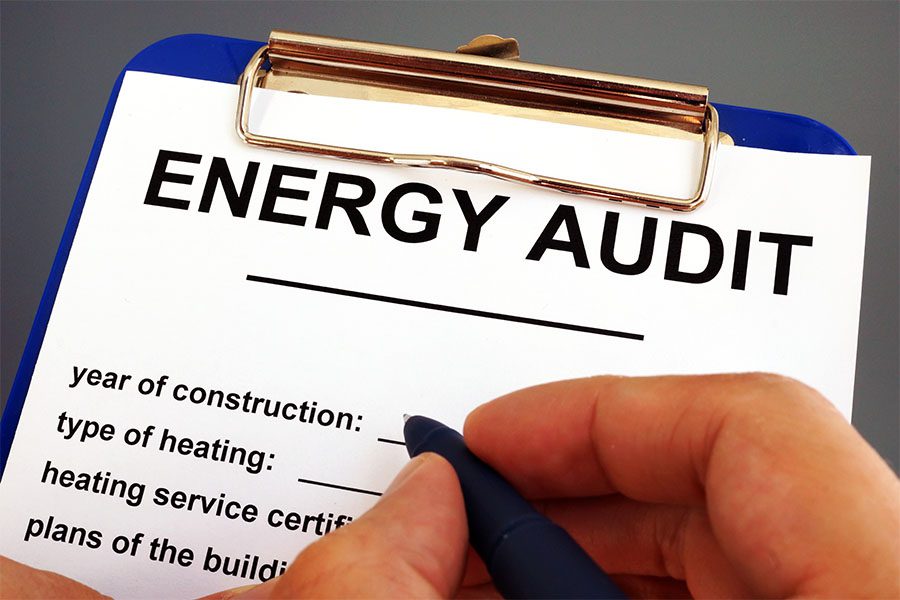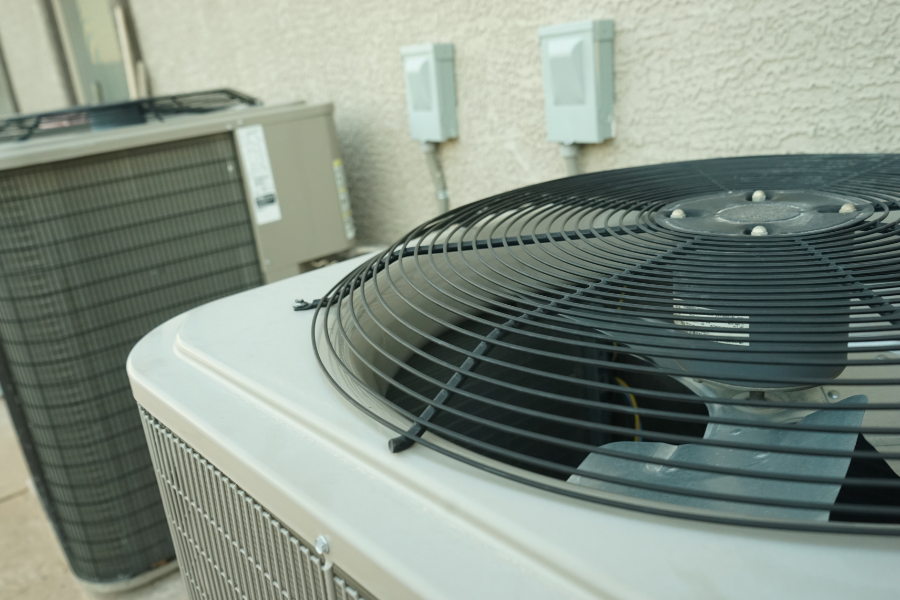Oct 20, 2021
BPI Releases New Guidelines to Conduct Remote Energy Audits
The Building Performance Institute (BPI) and the New York State Energy and Research Development Authority (NYSERDA) have collaborated to release guidelines and protocols for remote energy audits in single-family and multifamily buildings. These protocols aim to reduce the time spent in person during the energy auditing process and optimize the collection of data for developing a scope of work without a site visit.

The Building Performance Institute (BPI) recently released two documents outlining the guiding principles and protocols for conducting remote energy audits in single-family and multifamily buildings. Guidance and funding for this initiative were provided by the New York State Energy and Research Development Authority (NYSERDA).
“Well before the COVID-19 pandemic, NYSERDA recognized the importance of reducing the time spent in person during the energy auditing process,” said BPI’s CEO, Larry Zarker. “They accelerated this project during the pandemic to develop protocols and guidelines that are now available to all states to implement,” he added.
Remote audits have two important goals: 1) to limit the time industry professionals spend inside dwellings to reduce the risk of exposure to COVID-19 and other highly contagious diseases for auditors and occupants, and 2) to optimize collection of data for developing a scope of work without a site visit, thereby reducing audit time.
All of BPI’s technical standards are freely available for use, with reproduction by permission. The single-family and multifamily remote energy audit protocols are linked below.
Guiding Principles for Conducting Remote Audits on Single-Family Homes aligns with BPI-1200-S-2017: Standard Practice for Basic Analysis of Buildings and assesses and characterizes home-based energy usage, and health and safety hazards by integrating qualitative observations with limited quantitative diagnostics to determine and prioritize recommendations of single-family homes. The information contained in the resulting evaluation report communicates the recommendations to the occupants with the goal of developing a work scope to reduce energy usage and improve environmental health, safety, and quality of life.
Principles and Protocols for Conducting Remote Audits on Multifamily Buildings aligns with the Technical Standards for the Multifamily Building Analyst Professional standard and assesses and characterizes building/in-unit-based energy usage and health and safety hazards by integrating qualitative observations with limited quantitative diagnostics to determine and prioritize recommendations for multifamily buildings. The information contained in the resulting evaluation report communicates the recommendations to the occupant or building owner for decision making.
BPI-1200-S-2017: Standard Practice for Basic Analysis of Buildings and Technical Standards for the Multifamily Building Analyst Professional define the minimum criteria and specific procedures for building science-based residential and multifamily building energy audits and related diagnostic tests. The energy audit and related tests address energy usage and limited aspects of building durability and occupant health and safety. The energy audit provides a comprehensive report with a list of prioritized recommendations to improve the home or building and includes a cost-benefit analysis.
The Guidelines and Protocols were developed with assistance and oversight of subject matter experts representing the single-family and multifamily sectors. BPI thanks all subject matter experts who volunteered countless hours to this effort.





